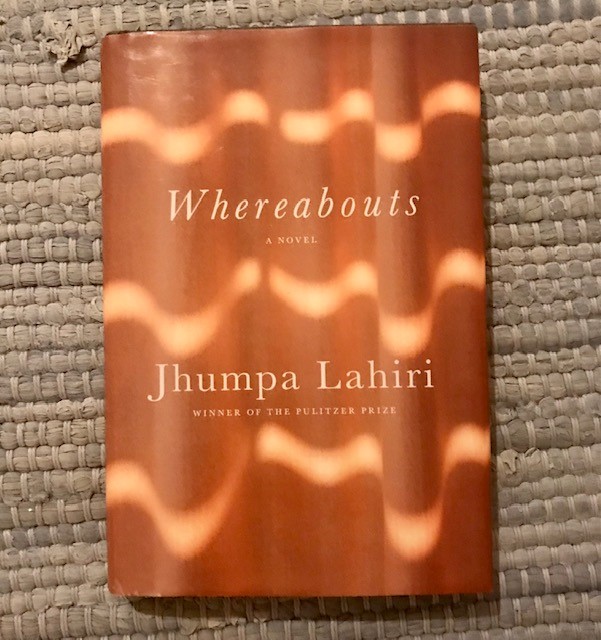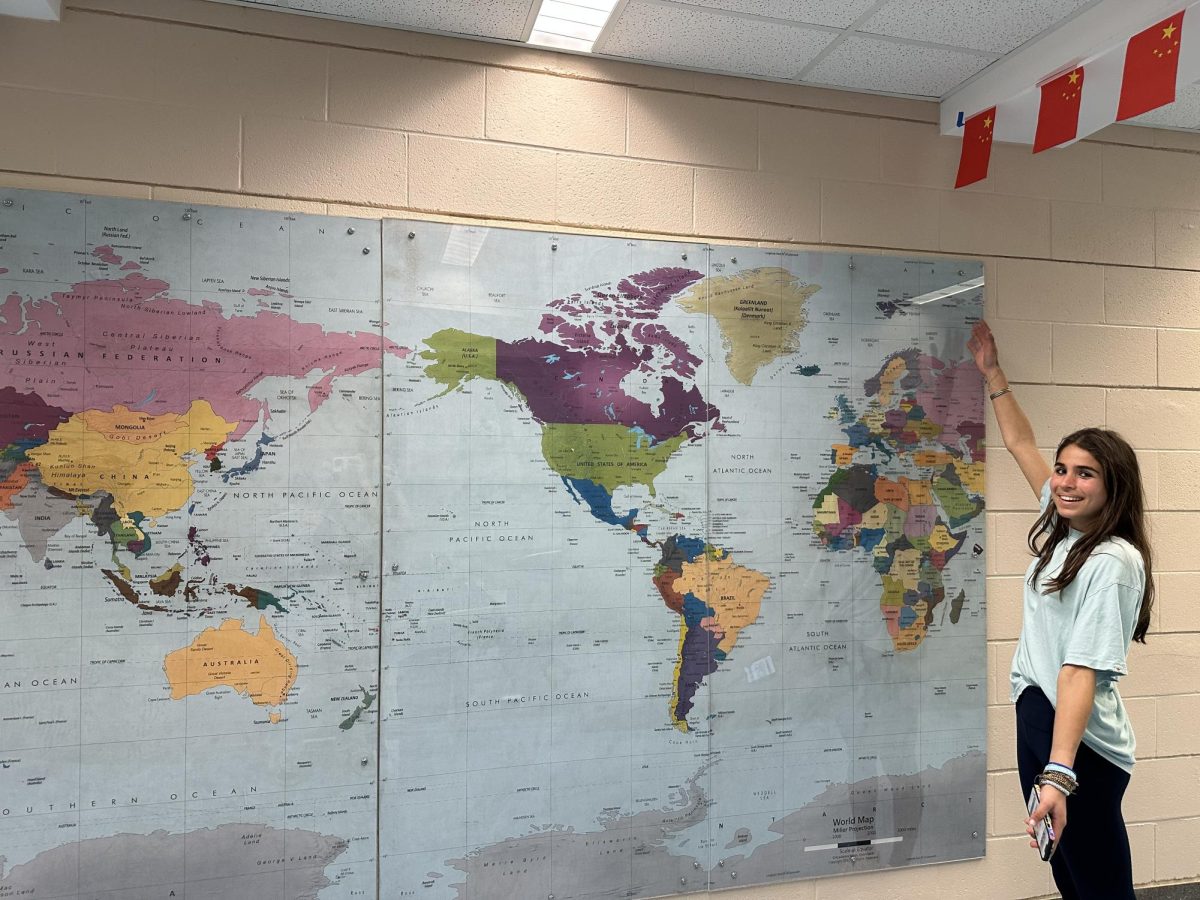A Disjointed Collection: Jhumpa Lahiri’s “Whereabouts”
The material world in Whereabouts seems to serve only as a prop for the interior world of the narrator’s mind.
May 16, 2022
Jhumpa Lahiri’s Whereabouts is her fifth novel, but it so little resembles her other fiction that it seems almost to be the debut work of a different novelist–and in a way, it is. It is the first novel she wrote in her adopted language, Italian, and translated into English. It’s obvious for someone familiar with Lahiri’s work in reading this that there exists some additional barrier between thought and language; yet the novel strives and manages to blur those lines.

The novel is primarily a work of mental documentation, capturing the life of a lonely Italian woman as if through a rough sketch and not through a picture. There is little plot, few characters, and hardly a setting, despite an abstracted (and perhaps confused) geographic focus. Each of the 46 short chapters is titled with its setting — “On Vacation,” “At my House,” “In the Piazza” — but the one that feels most accurate is also the one to appear most frequently: “In my Head.” Even when the narrator is purportedly “On the Street,” the reader feels a distinct distance between the story and any sort of physical reality, as if watching everything unfold from behind glass. The narrator stands on a bridge with an unnamed friend, and they watch the shadows of passerby move across the wall. Reading Whereabouts doesn’t feel dissimilar: the reader is simply watching “shadows projected on the wall; a routine spectacle impossible to capture.” We have to settle for a crude imitation, expressed incompletely, like the unfinished painting of a girl which the narrator is inexplicably drawn to. Witness to this caricature of her life, the reader feels slightly uneasy, as though we’re watching something private and beyond our comprehension. Yet there is a strange and stark contrast between the distance Lahiri establishes and the intense intimacy we feel as she uses language to cut to the center of thought and emotion, paring it down to its essence. Her languid descriptions pulse with a coolly urgent undertone, and we feel dread creeping in from all edges… but slowly.
While vacationing at a friend’s house, the narrator finds a decapitated mouse on the sidewalk. She is horrified, of course, and “revolt[ed]… but at the same time it makes me think of a fig… the spectacular red of its sweet sun-warmed flesh.” In Whereabouts, Lahiri manages to give voice to the thoughts that creep up on us without our noticing or our welcome with a precision accomplished only through a refusal to back down. The narrator’s reaction to the mouse is one such intimate glimpse Lahiri offers us.

Yet the power of the moment is undermined slightly by Lahiri’s excessive use of rhetorical questions, present throughout the book. Wondering about the mouse’s decapitation, the narrator asks “How? And why? Was it another animal that did it? Some savage bird?” Rhetorical questions, especially in fiction, are most effective when employed minimally. Otherwise, the reader feels some irritation — it feels as though the author is trying too hard to make us engage with the text, in an attempt that falls flat. In his review for The Washington Post, Ron Charles mocks these same questions for their obvious answers — “Honestly, what are the options when it comes to a decapitated mouse? Colonel Mustard in the library with the candlestick?” — but it’s not so much the obviousness that bothers me. Lahiri’s writing, and with it, the inner world of the narrator’s mind, simply seem to collapse slightly. I feel disappointed that, apparently, she couldn’t be bothered to consider the possible answers for herself. I prefer the moments of complex imagination from the narrator, when she comes up with intricate answers to unasked questions (she has a habit of assigning lives to strangers, for instance). Maybe that’s a symptom of my own insecurity, a preference for answers instead of questions, but still, I can’t help but feel that the excessive use of rhetorical questions is lazy writing.
The material world in Whereabouts seems to serve only as a prop for the interior world of the narrator’s mind. This is arguably true of all novels, but the reader’s awareness of it is heightened by Lahiri’s long, self-conscious descriptions, the rambling thoughts, the disjunction between chapters. Of the narrator’s therapy, Lahiri writes ironically “every session was like the start of a novel abandoned after the first chapter.” Whereabouts is less a cohesive story and more a collection of vignettes, each one another rough stroke contributing to the sketch of a woman’s life. The narrative floats dissociated from any physical or temporal reality. Madeleine Thien writes for the New York Times Book Review that Whereabouts is “a skillful description of a two-dimensional world — a picture of a picture.” There’s no denying Lahiri’s skill, but many readers might find that the distance and abstraction of the story makes the writing seem flat, maybe even a little lifeless.
Often, books like Whereabouts are praised for their artistic and literary merit, because the assumption is that writing which is obscure is writing which is good. (As Charles sarcastically puts it, such novels are “exceedingly nuanced” for their abandonment “of anything so lowbrow as a plot.”) In the case of Whereabouts, however, I’d argue that the illusion of art is upheld. The book is enjoyable and thought-provoking, even if it doesn’t much resemble a traditional novel or Lahiri’s past work. Really, that’s all we can ask from fiction.









